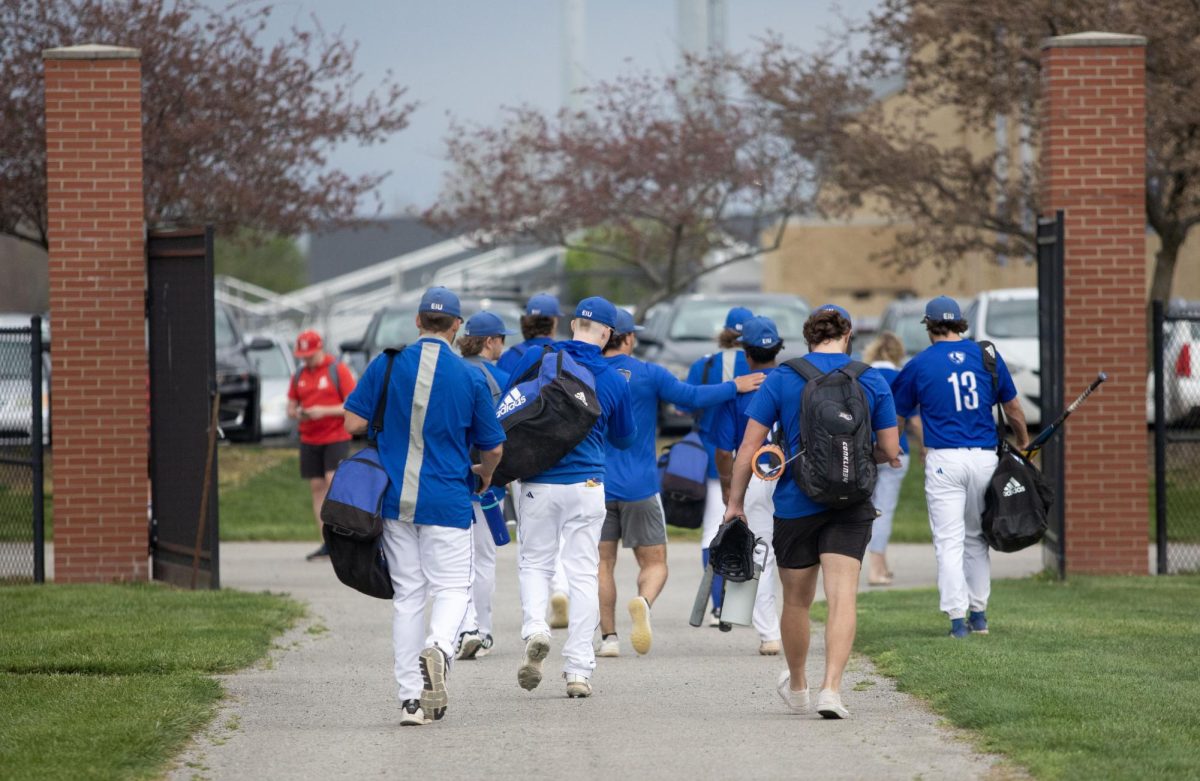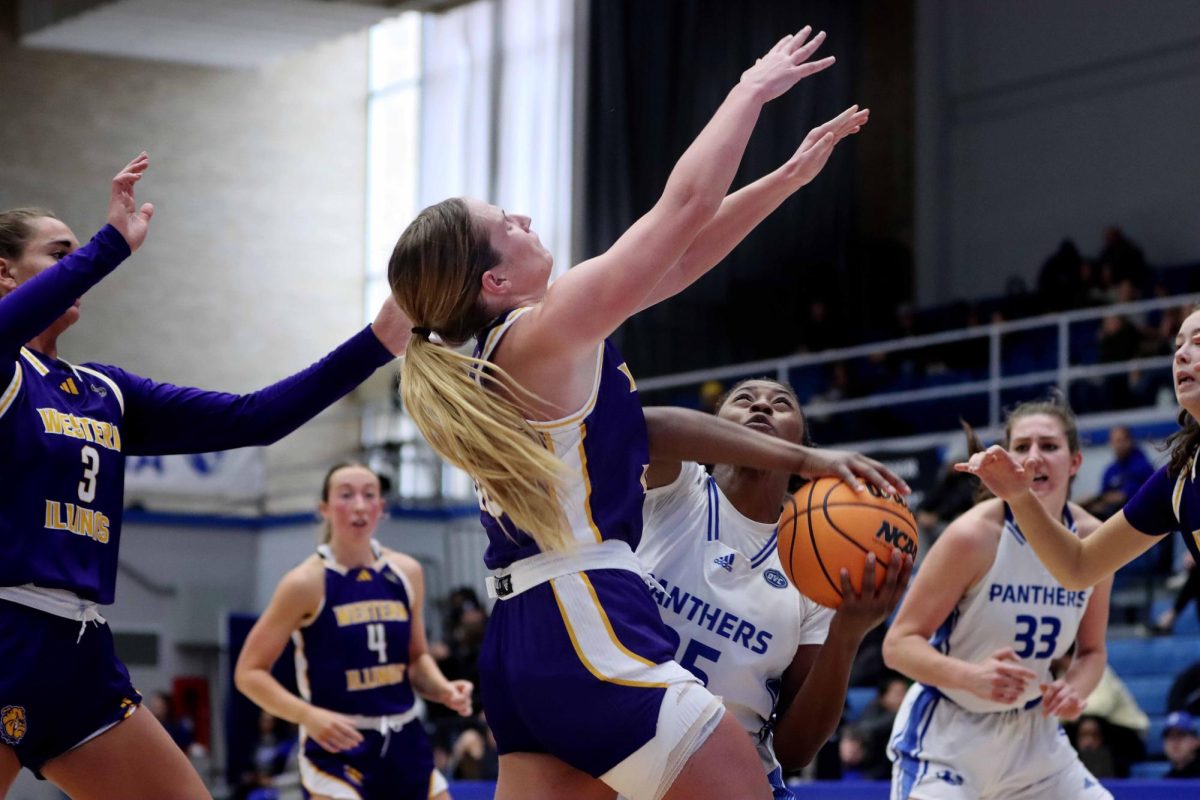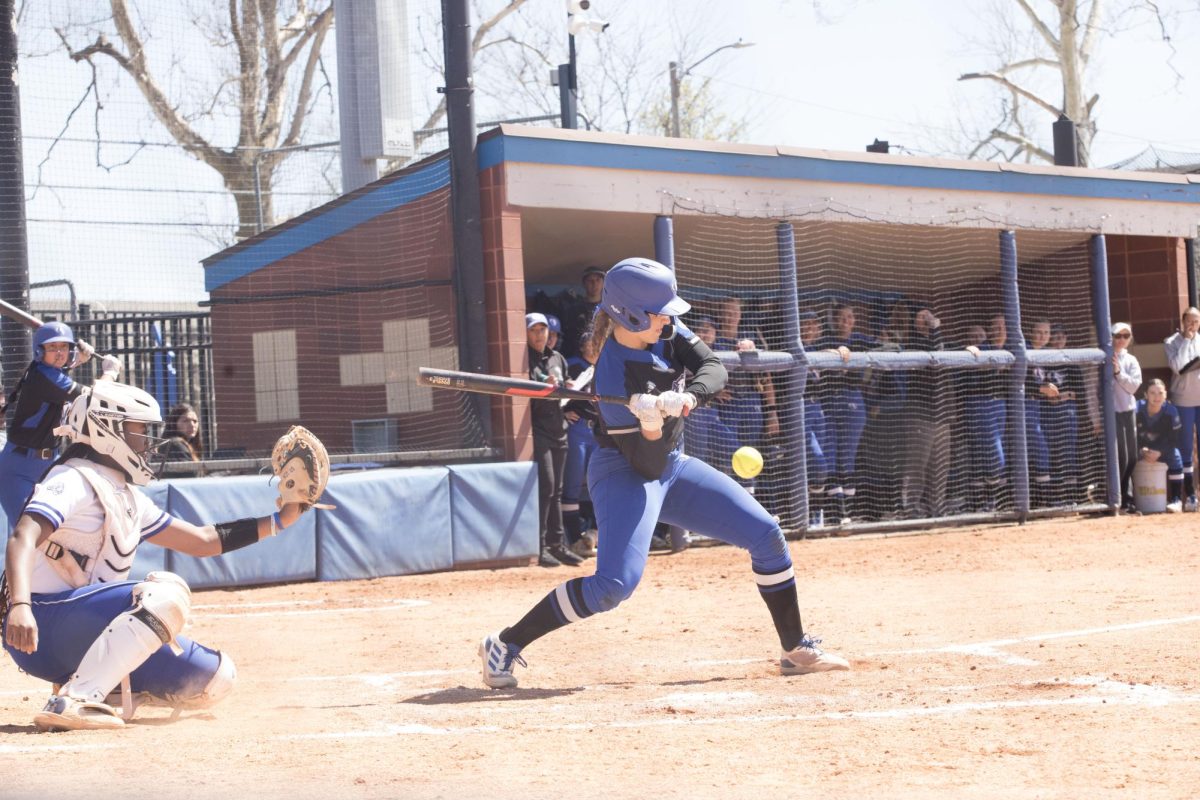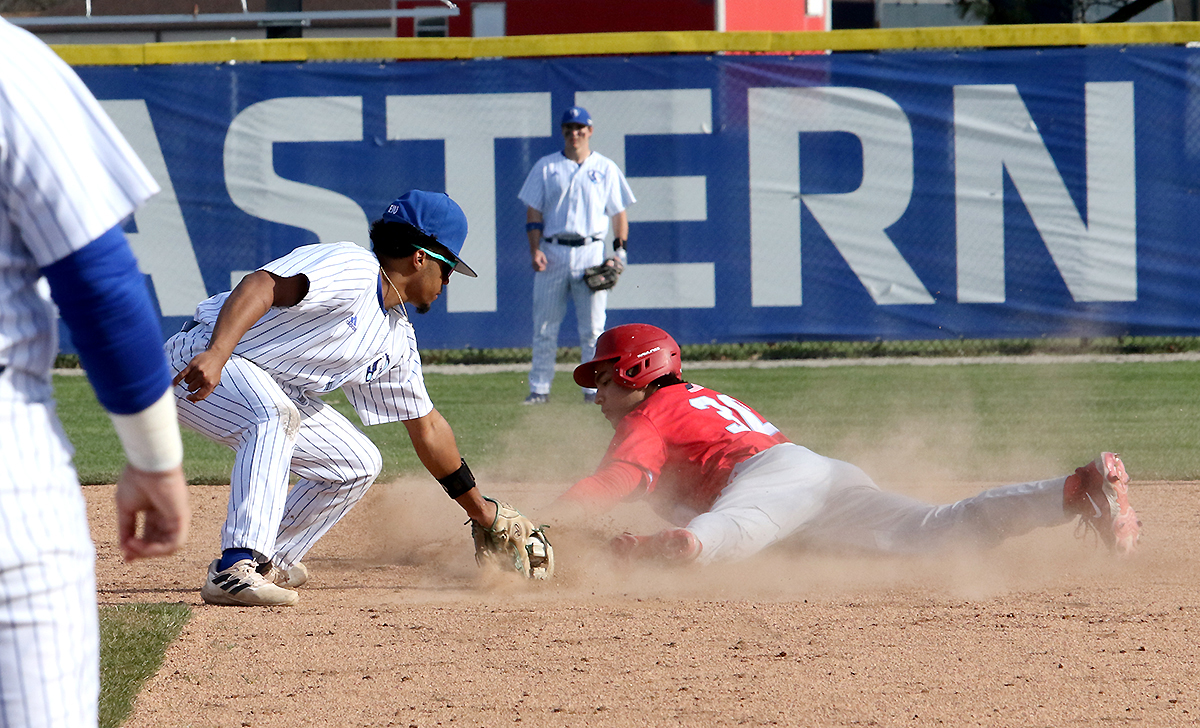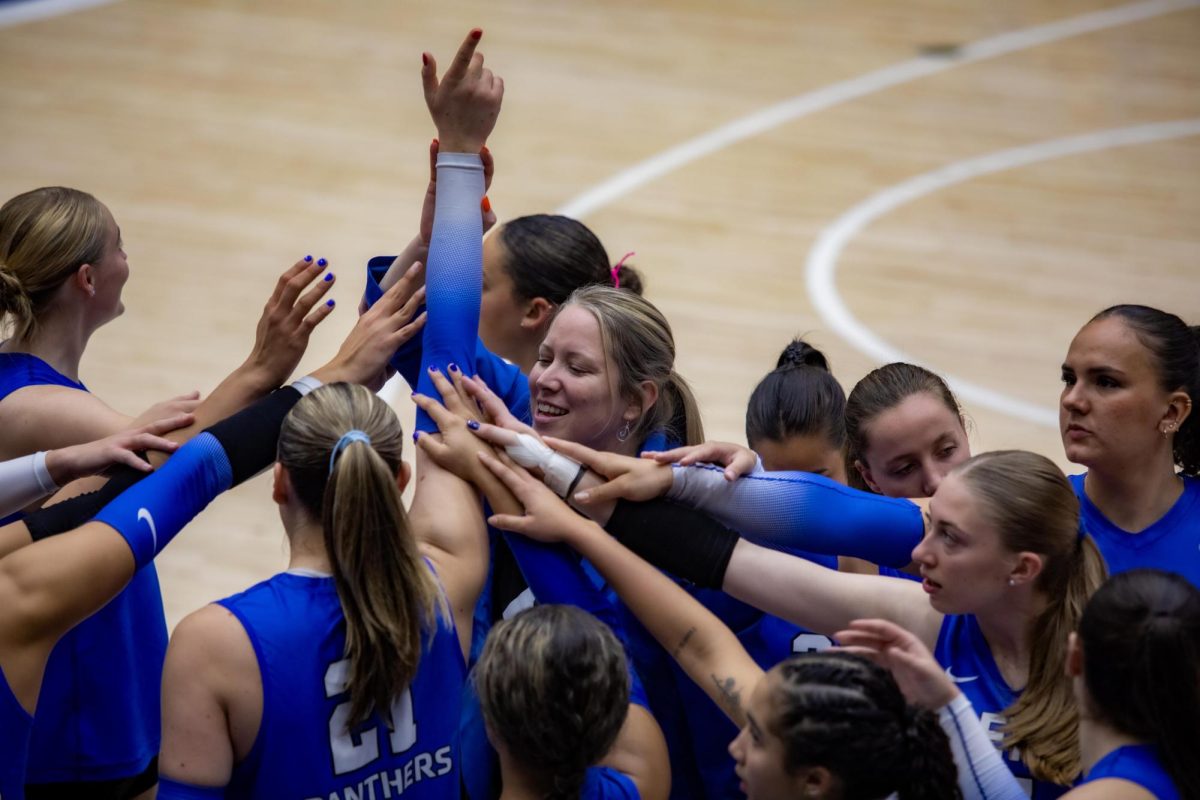Hear today, gone tomorrow
For many students, hitting the bars and listening to music on Friday or Saturday nights seems to make the stresses of the week disappear.
However, within a few years, the loud music students listen to at bars may make everyday sounds disappear.
Jeff Larsen, audiologist and Eastern assistant professor, said by spending hours inside a bar listening to loud music, whether it be from a deejay or a band, students are slowly sacrificing their hearing.
To understand the damage that is done to the ear by loud music, it is important to know certain noise levels and what is dangerous to the ear, Larsen said.
Sound is measured in decibels (dB) that range from 0 to about 145, 0 being the lowest and 145 being the loudest. For instance, rustling leaves would register at 20 dB and is just audible to the listener, Larsen said.
A whisper would register at 30 dB and is considered a “very quiet” sound. A vacuum cleaner or a hair dryer would register at 70 dB, a washing machine would register at 78 dB and a diesel truck would register at 84 dB.
“It’s when you get into the 85-90 range that the damage to the ear starts to occur,” Larsen said. Sounds at 85-90 dB would include a lawn mower or a food blender. The average person can listen to a sound that registers 85-90 dB for about six hours before damage starts to occur.
However, as the dB rises above 85-90, the average person must limit his or her listening to a shorter amount of time to avoid damage. For example, sounds ranging from 95-100 dB, including a farm tractor or a garbage truck, should only be exposed to the ear for two to four hours. A snowmobile has a range of 105 dB and should only be listened to for one hour. Sounds that range around 110, which includes jackhammers, power saws and orchestras, should only be listened to for about 30 minutes.
Clubs and bars, which have a very high range of 120, should only be listened to for about seven minutes. Some rock concerts get near the 140 range, Larsen said.
Larsen said great individual variation exists in these time limits. Not everyone will experience a hearing loss if they exceed the time limit. The government just established these guidelines for industry.
Some medicines and antibiotics have been thought to weaken the ear and therefore increase the risk of damage during loud noises. Smoking also has been linked to hearing loss, but it is not yet certain that it is because it weakens the ear, Larsen said. Also, younger people are more susceptible to loud noises.
“The damage to the ear occurs when tiny hairs inside the ear are weakened because they had to work too hard,” Larsen said.
Inside the ear canal are outer hairs and inner hairs. Each set serves a different purpose.
The outer hairs serve as amplifiers for sounds that are barely audible. They take a sound that enters the ear and makes it louder. The inner hairs send messages to the brain to identify the sound.
In addition to amplifying sounds, the outer hairs also try to reduce sounds that come into the ear to prevent damage.
“The ringing that you hear when you come out of bars or after listening to loud music for an extended amount of time is the result of those hairs working too hard,” Larsen said.
Larsen has seen more and more students come into the Speech and Hearing Clinic complaining of a slight hearing loss because of noise levels. Little can be done to reverse the permanent damage done by listening to sounds with high dB for too long.
“A hearing aid can help, but sounds will never be as crisp and clear as they originally were before the damage was done,” Larsen said.
Some of the first sounds that Larsen said students complain about not being able to hear are the ends of words. Many come in and say they cannot understand what people are saying in conversation. Another warning sign is keeping the television too loud.
“If people around you complain because the TV is too loud, then you might have a slight hearing loss,” he said.
Other noises that students may not be able to hear include high-pitched noises, such as a microwave beeping, an alarm clock or birds chirping.
“College students need to be aware of these things,” he said. “If friends say you constantly say `what’ or `huh,’ then those are definite warning signs.”
Certain precautions can be taken now to avoid hearing loss later, Larsen said.
“When you’re listening to a band, get some earplugs,” he said. “You may feel silly, but you can still hear the band. Many professional band members wear earplugs when performing.”
Larsen also encouraged students listening to bands or music at bars to take a break from the noise.
“Just take a 10-15 minute walk to rest your ears,” he said.
Another way Larsen said he sees students hurting their ears is through headphones.
“Many students listen to loud music for too long of a time while exercising,” he said. “If you can’t hear a person speaking to you from an arm’s length away, then turn it down.”
If students feel they may be already experiencing a hearing loss or just want to be cautious, the Speech and Hearing Clinic, located above Health Services, offers free hearing tests for students.
Larsen would recommend having hearing tested every two to three years for those under 40. For those over 40, once a year is best.














